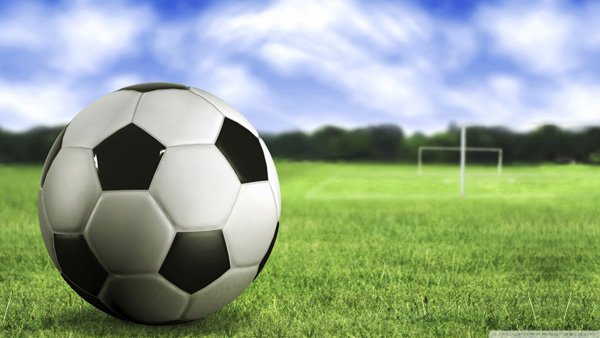twin vs single hose
Question
Can you give me a brief review of single vs double hose regs? Advantages, drawbacks? I'm a 72 year old dive master. Almost 800 dives.
Thanks
Answer
Hi Sam,
That's an interesting question and it takes me back to my early days of diving in the mid-50's. Back then all we had were double hose regulators, no BC and no submersible pressure gauge. I liked the double hose regs but I had no experience with anything else at the time. When I got my first experience with a "single hose" reg, I didn't like it because it seemed to blow the air into my mouth and it was also very dry.
That leads me to some of the pros and cons of the two regulator types.
First, the double hose regulator. I haven't used a modern double hose regulator (not to be confused with a rebreather setup which also uses a double hose mouthpiece)so my comparison is based on the old system I am familiar with. The regulator had two hoses located on either side of the divers head and were equipped with non-return valves on either side of the mouthpiece. One was designed to permit air to enter the mouthpiece only from one hose and the other was designed to force exhaled air to exit the mouthpiece through the other hose and was exhausted through an exhaust valve in the second stage diaphram located behind the divers head. This arrangement permitted the inhaled air to pick up some moisture while traveling through the corrugated hose and eliminated the "dry mouth" feeling common with single hose regulators. Additionally, the exhaled breath was behind the divers head and eliminated the bubble interference common with single hose regulators. Drawbacks included the discomfort of having two large diameter hoses on either side of the divers head which could cause interference and discomfort at times. Since the second stage was attached to the first stage on the tank valve, swimming inverted could cause the regulator to free flow unless the diver stopped his inhalation temporarily. There was also a higher amount of inhalation resistance in the double hose regulator when compared to the single hose.
Now for the single hose setup. Some of the differences have already been discussed so I won't go into them again. The single hose regs are a lot more versatile. Eliminating hose drag is easily obtainable through the use of swivel couplings and the hoses themselves are very flexible. The first stages come in a variety of designs so high air delivery and resistance to icing are easily obtainable. The second stages have diver adjustable breathing resistance and freeflow adjustments so the diver can customize his breathing preferences. Having the first and second stages as separate devices also permits them to be switched if desired.
Sam, that's a brief rundown on the differences between the two types of regulators. In general, there are far more adjustments possible on the single hose regs as compared to their double hose cousins. Again, I have not used a modern double hose regulator so some of the problems I noted may have been improved upon.
For photography, I like the double hose design since all the bubbles are behind the diver and less likely to interfere with the shot. This arrangement probably won't alarm the subject quite as much either. Other than that, I'd stick with the single hose design. I've had good success in photography using the single hose design but I will slow or stop my breathing at the critical moment to avoid the problems mentioned earlier.
Sam, I hope this provides the information you were looking for. If not, write back with a specific question and I'll try it again!!
At 72, you've got 7 years on me. It's nice to know that I'm not the only "old man in the sea"!! Keep up the great work!!
Sincerely,
Mike Giles
Mike's Dive Center
mikescuba.com
minimum surface interval help!
Batteries in Dtigital Dive Timers(DDT)


